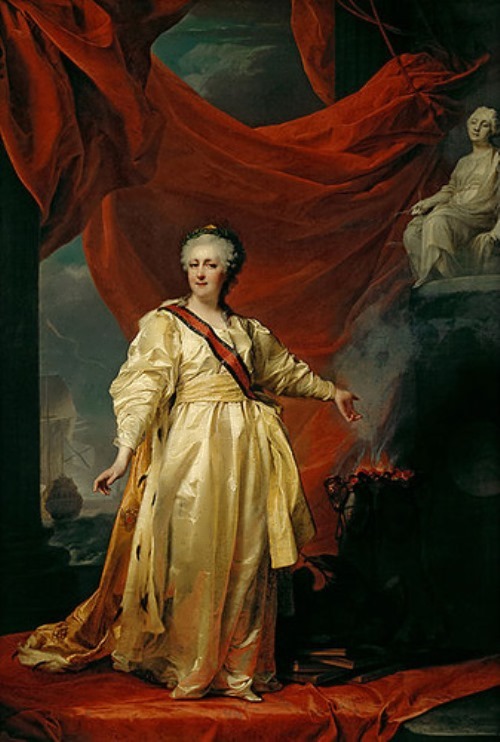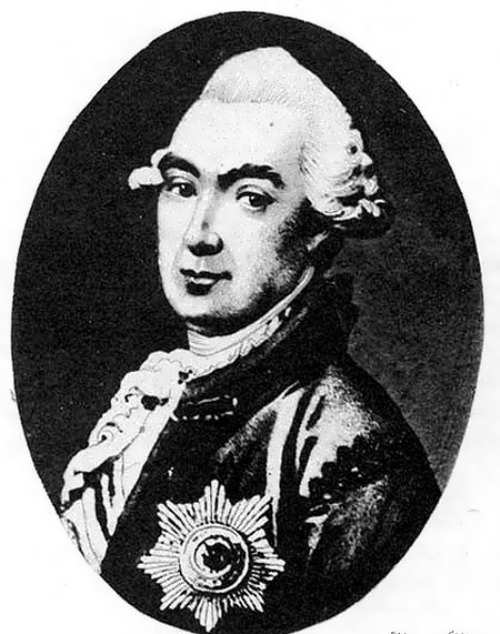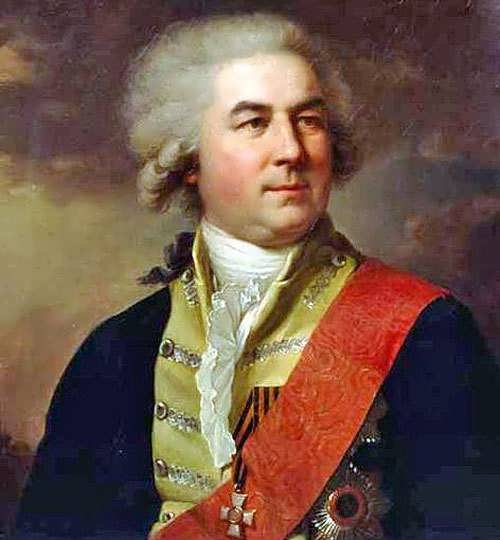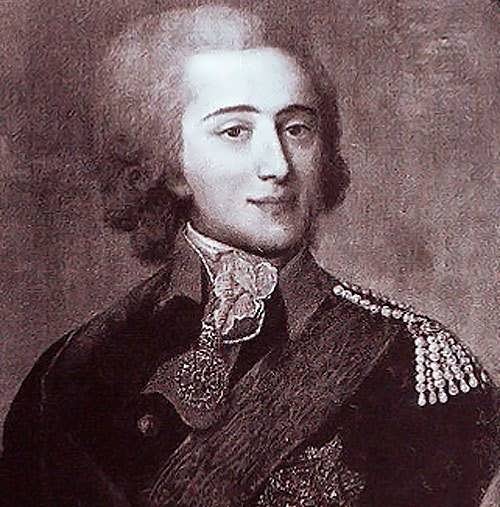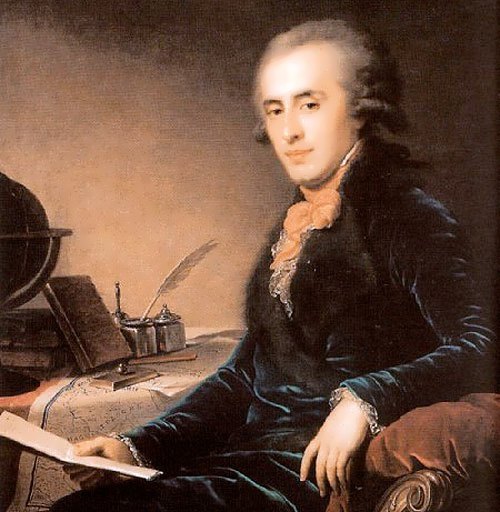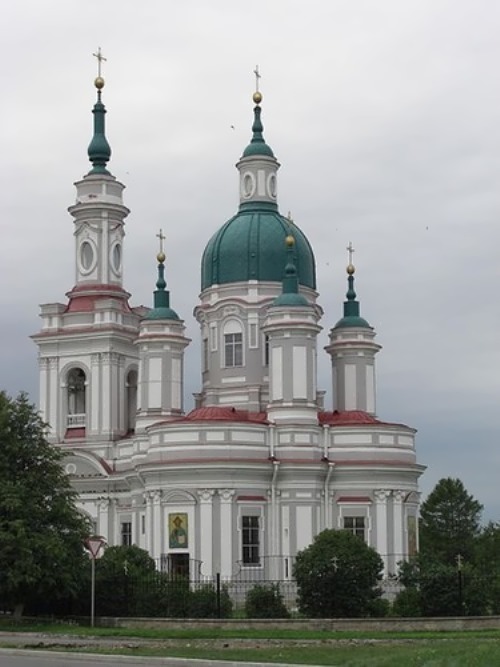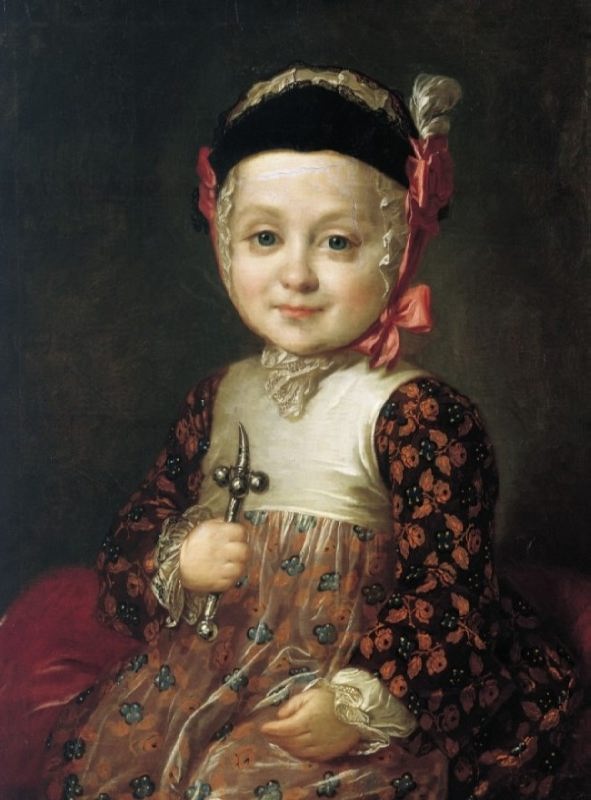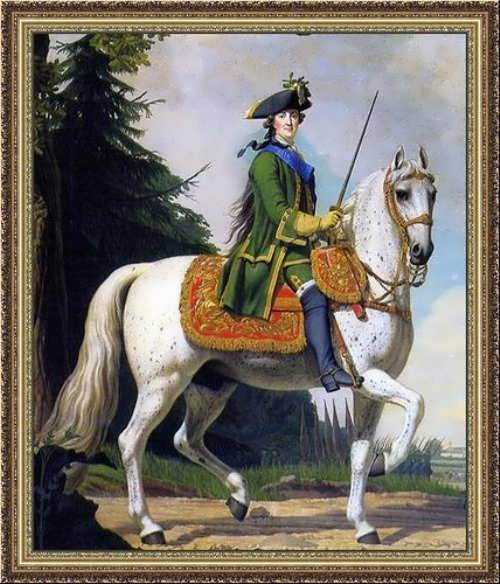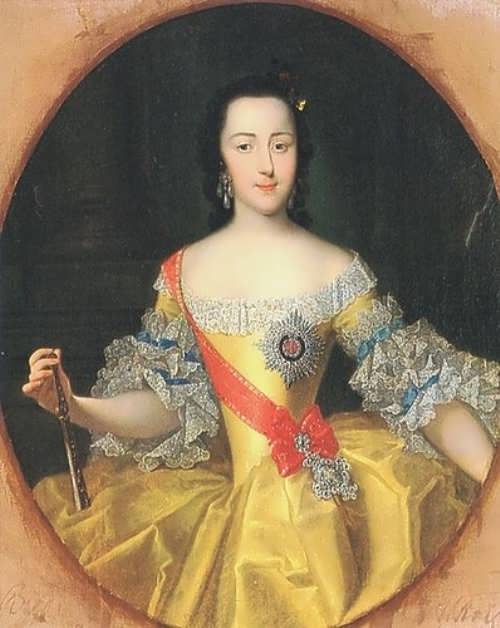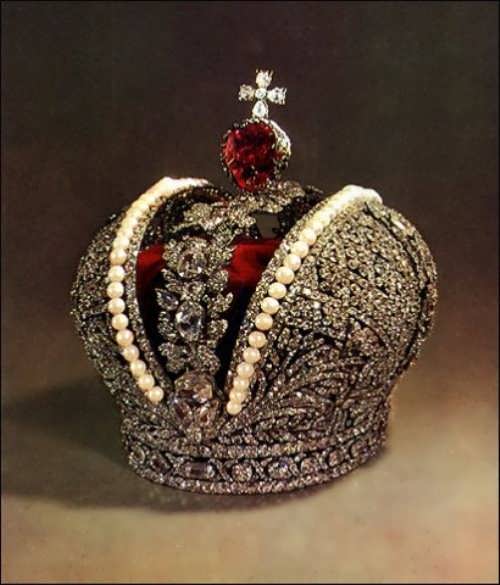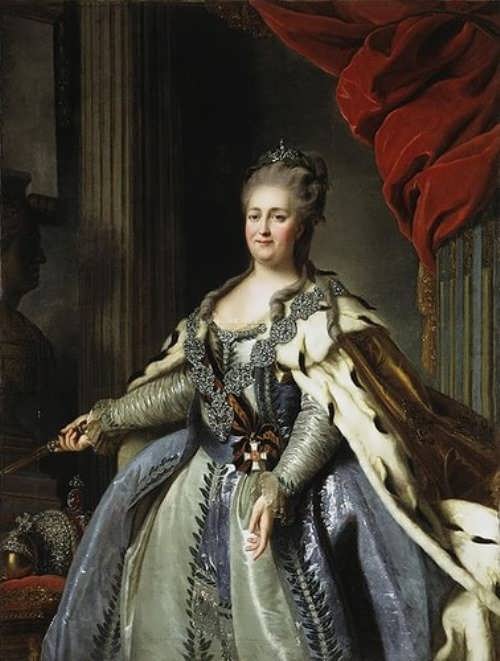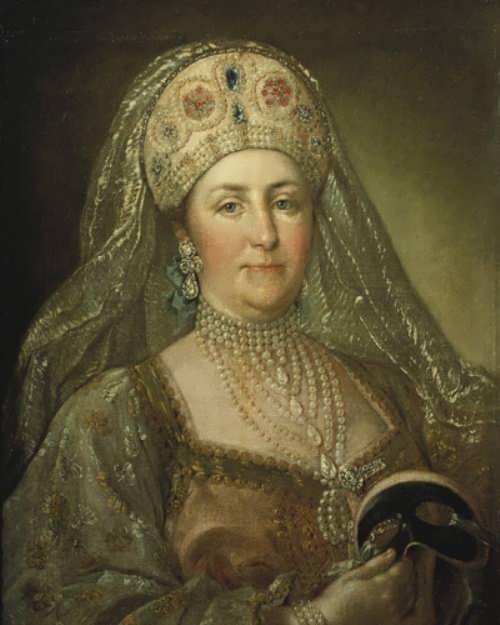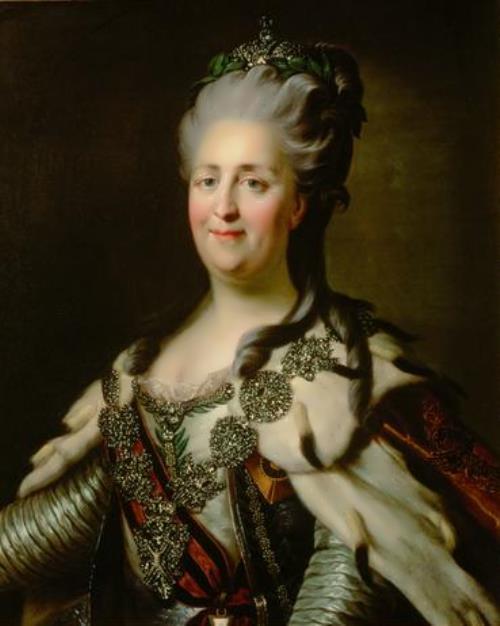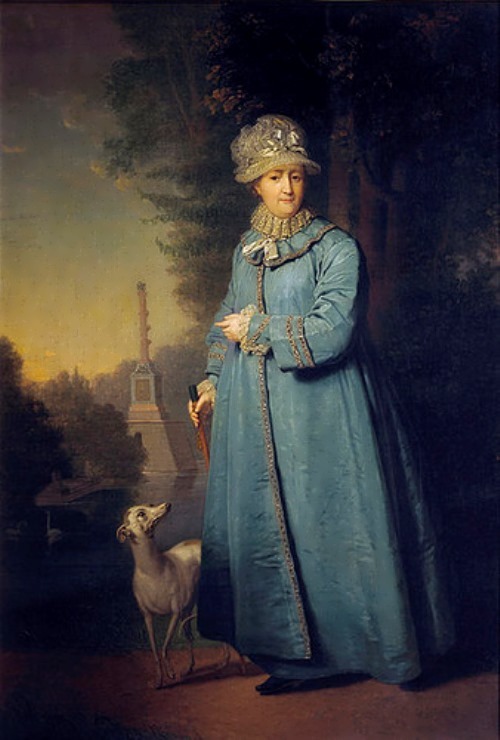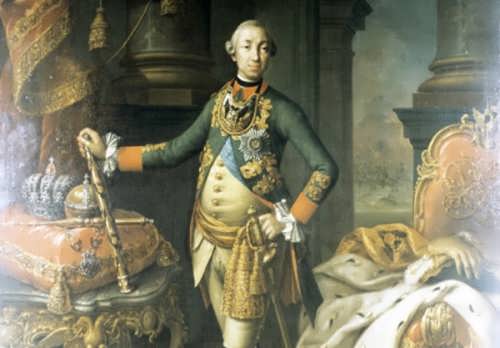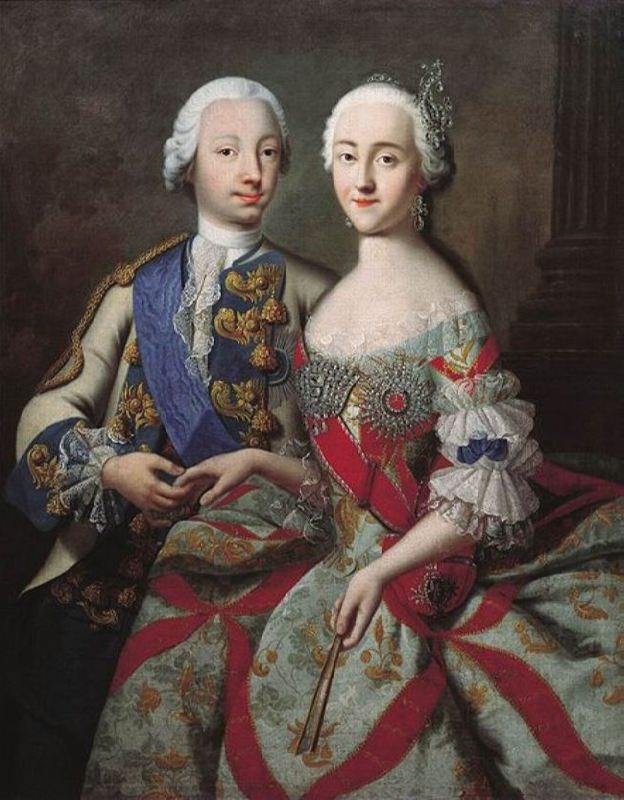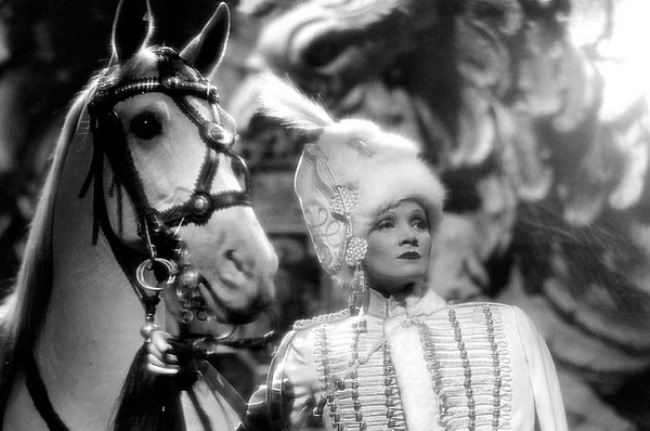Catherine the Great, Empress of Russia
Catherine the Great was Empress of Russia, who ruled from 1762 to 1796. Her reign was the most significant period in Russian history because the country became a strong power in Europe. The era of Catherine the Great marks the “golden age” of the Russian Empire. Biography of Catherine II is full of numerous achievements, as well as love affairs.
You know, she was born Sophie Fredericke Auguste von Anhalt-Zerbst on April 21, 1729 in Stettin, which was a part of Germany at that time (now Szczecin, Poland). The future Russian Empress learned English, Italian and French, danced and sang, and also received knowledge of history, geography and theology.
When the princess was 15 years old it became known that Elizabeth I chose her as a bride for her heir, Peter Fedorovich, who later became the Russian Emperor Peter III. The girl immediately began to study Russian history, language and Orthodoxy in order to learn more about her new homeland.
Soon she converted to Christianity and was named Catherine Alekseevna. The next day the girl married Peter Fedorovich, who was her second cousin.
After nine years of marriage, the queen gave birth to Paul, the heir to the throne. The little boy was immediately taken away from his mother and she practically was not allowed to see him.
So Catherine decided to overthrow her husband. British Ambassador Williams and the Chancellor of the Russian Empire Count Alexei Bestuzhev helped her to organize a palace coup.
Soon it turned out that both trustees of the future Russian Empress had betrayed her. But Catherine did not abandon her plan and found new allies. They were the brothers Orlovs, Adjutant Khitrov and sergeant Potemkin. Also foreigners sponsored the organization of the palace coup.
In 1762, the Empress was fully prepared for a decisive step. Emperor Peter III was imprisoned and soon died under unknown circumstances. Two months later, on September 22, 1762, Sophie Fredericke Auguste von Anhalt-Zerbst was crowned in Moscow and became the Russian Empress Catherine II.
During the reign she built 144 cities and won 78 military victories, actively developed medicine, education and science.
The Empress began to open urban schools and paid special attention to the development of women’s education. On October 11, 1783 Russian Academy was established.
Catherine opened hospitals for treatment of syphilis, psychiatric hospitals and orphanages. A number of fundamental works on medicine was published.
Catherine suffered a stroke and died on November 17, 1796 in Tsarskoye Selo, Russia and was buried in the Peter and Paul Cathedral in Saint Petersburg.
The image of Catherine the Great is very often used in modern cinema. Her bright and rich biography is taken as a basis by screenwriters around the world.
Source: www.ekaterina2.com
The Mother of the Fatherland
Hidden symbols in the portrait of Catherine II painted by Dmitry Levitsky.
1. Altar with the inscription “For the common good” symbolizes her service to the state.
2. In ancient mythology poppies are the attribute of Morpheus, the god of sleep. The empress is burning the flowers, it means she is ready to lose the rest for the sake of her people.
3. The statue of Themis. Scales are the main attribute of the goddess of justice and fairness.
4. Catherine’s white dress symbolizes purity.
5. Laurel wreath says about military victories. The Empress was often called the northern Semiramis, but she preferred to be compared to Alexander the Great.
6. Order of St. Vladimir means that Catherine was the head of the Order, which was established in 1782, and the motto was: The Good, the honor and glory.
7. The Order of St. Andrew. It was the main award of the Russian Empire.
8. The eagle sitting on the books represents the legal bases of the government.
9. Olive branch is the allegorical sign of peace and welfare.
10. Ships in the sea symbolize a secure and flourishing trade.
Catherine had many lovers. Here is a list:
Count Sergei Saltykov (1726 – 1765) was her first lover. Their love affair lasted for two years. There were rumors that he was the father of Emperor Paul I.
Count Stanislaw August Poniatowski (1732 – 1798). Their relationship lasted for three years. Catherine proclaimed him King of Poland, but then annexed Poland and attached it to Russia. Stanislaw Poniatowski was the only foreigner in the list of her favorites. Born in 1757, the Grand Duchess Anna Petrovna, most likely, was the daughter of Poniatowski.
Count Grigory Orlov (1734 – 1783) was one of the leading figures of the coup against Peter III, together with his brother Alexey Grigoryevich Orlov. They also gave Catherine the Orlov diamond as a gift. This diamond was later put into the Russian sceptre. Orlov and Catherine were together for 12 years. After a palace coup in which Orlov took an active part, the Empress even wanted to marry him. Alas, Orlov had many mistresses. Orlov and Catherine had son Alex Bobrinsky, who was born in 1762.
Alexander Vasilchikov (1746 – 1813) was 14 years younger than Catherine. He was handsome, but uneducated and the Empress got bored. By the way, Catherine generously awarded her ex-lover: gave him 100,000 rubles in cash, fully furnished house and granted an annual pension of 5,000 rubles. After the break with the Empress Vasilchikov had never married.
Prince Grigory Potemkin (1739 – 1791) was a longtime friend of Catherine. Their love affair began in 1774. Catherine gave birth to their daughter Elizaveta Temkina. There were rumors that they even had married in secret.
Peter Zavadovsky (1739 – 1812) was her lover only for a year. In 1777 Potemkin wasn’t Catherine’s favorite, but still had a great influence on her and managed to remove Zavadovsky from the Empress. But Catherine appreciated the wit of her ex-lover and made Zavadovsky the first Minister of Education. Later he married Vera Apraksina, one of the most beautiful women of that time.
Semen Zorich (1743 – 1799) replaced Zavadovsky. He was handsome and 14 years younger than Catherine, but uneducated and was too fond of card game.
Ivan Rimsky-Korsakov (1754 – 1831) was 25 years younger than Catherine. In addition to the handsome appearance, he had a wonderful voice and Catherine invited world renowned musicians for him. But one day she found her favorite in the arms of Countess Praskovya Bruce, and Rimsky-Korsakov was immediately removed from the court.
Alexander Lanskoy (1758 – 1784). In spring 1780 Potemkin recommended him to the Empress as a warm friend. Catherine was 54 years old, Lanskoy was 25. They were together until his death from a sore throat in 1784.
Alexander Yermolov (1754 – 1834). Four years after the beginning of the relationship, in 1789, the Empress became cold to him and expelled from St. Petersburg. Later Yermolov married Elizaveta Golitsina and went to Austria.
Alexander Dmitriev-Mamonov (1758 – 1803) was handsome and smart, he wrote poems and plays. But once Catherine was told that Alexander had a love affair with Daria Scherbatova. According to eyewitnesses, they stood in front of her on their knees and asked for forgiveness. Catherine ordered them to leave St. Petersburg.
Count Platon Zubov (1767 – 1822) was her last love. When she died, aged 67, he was not even 40 years old.

